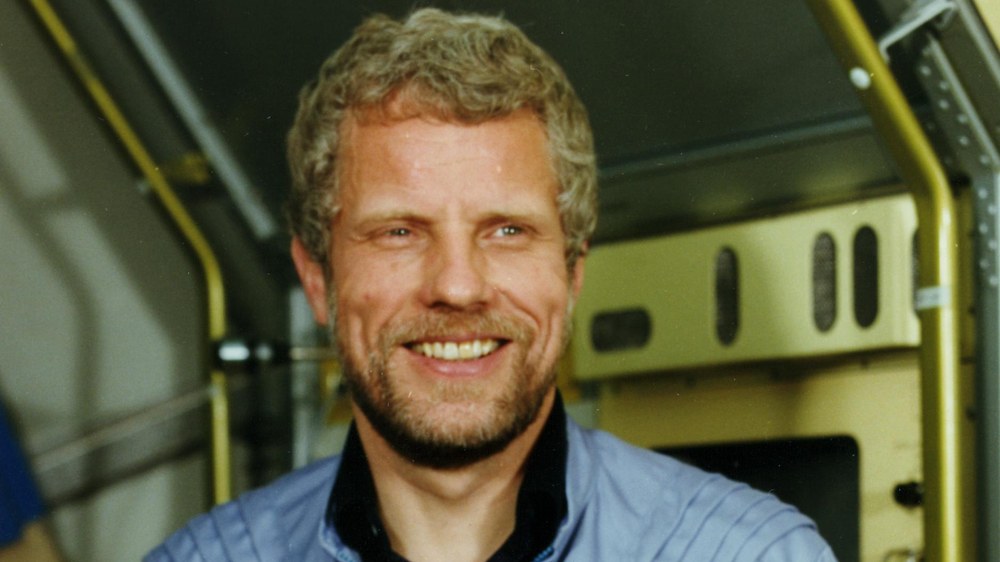Reinhard Furrer (✝)

"I'll be flying on that," is what Reinhard Furrer said in 1978, before applying to the German Test and Research Institute for Aviation and Spaceflight (Deutsche Forschungs- und Versuchsanstalt für Luft- und Raumfahrt; DFVLR – a precursor of present-day DLR) to become a research astronaut on the first German Spacelab mission, executed with NASA. He was proved correct: the Austrian left behind 699 rivals, although, as a bachelor, he did not hold the strongest hand. The Americans preferred family men on their missions as they were thought to be better adjusted to the tasks in question.
Reinhard Furrer was the third German astronaut to fly into space. Born on 25 November 1940 in Wörgl, Austria, he studied physics, first at the University of Kiel (Universität Kiel) then at the Free University of Berlin (Freie Universität Berlin). After receiving his doctorate in 1972, he worked as an assistant professor in Stuttgart beginning 1974, before being granted full professorship in 1979.
Furrer commenced training as a scientific astronaut in 1983 alongside Ulf Merbold, Ernst Messerschmid and Dutchman Wubbo Ockels. Messerschmid and Ockels were later to accompany him on the Spacelab D1 mission. Initially, the prospective astronauts had to contend with a comprehensive training regime. Furrer, a physicist, had to immerse himself in medical matters at the same time as he was being introduced to space travel; these included, for example, being able to insert needles and measure blood pressure.
After two years of preparation the Spacelab D1 mission was ready. Furrer lifted off on 30 October 1985 aboard the Space Shuttle Challenger. On board were five Americans, including the pilots. Furrer, Messerschmid and Ockels flew as payload specialists and performed a total of 76 experiments in the European Spacelab research module during their week-long stay in space. Amongst other research, Furrer examined the effects of gravity in material processing and on the human body. The astronauts worked 18-hour days so as to be able to perform the large number of experiments in the short time frame. Repeating experiments was scarcely possible and there was no margin for error.
Furrer and Messerschmid were not the only ones having a challenging time. The German Space Operations Center (GSOC), on the DFVLR site at Oberpfaffenhofen, was overseeing its single most complex assignment to date – the first German national Spacelab mission in the American Space Shuttle. The two astronauts were not alone in gaining international fame following the successful mission – Oberpfaffenhofen became known as the 'Bavarian Houston'.
Furrer became a professor and director of the newly-founded Institute for Space Sciences at the Free University of Berlin. Privately, Furrer – an avid pilot who had received his first pilot's license in 1974 – undertook many flights in single-engine sports aircraft, for instance, over Greenland’s ice sheet and solo from Germany to Quito, Ecuador.
Furrer died on 9 September 1995 in a plane crash during a flight show at the Johannisthal Airfield, Berlin.
